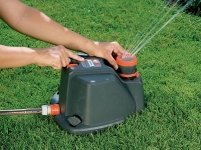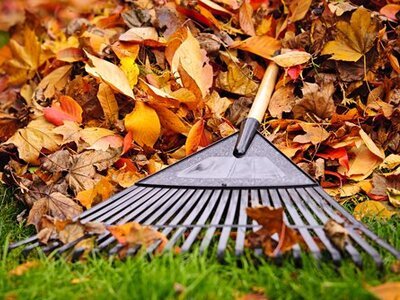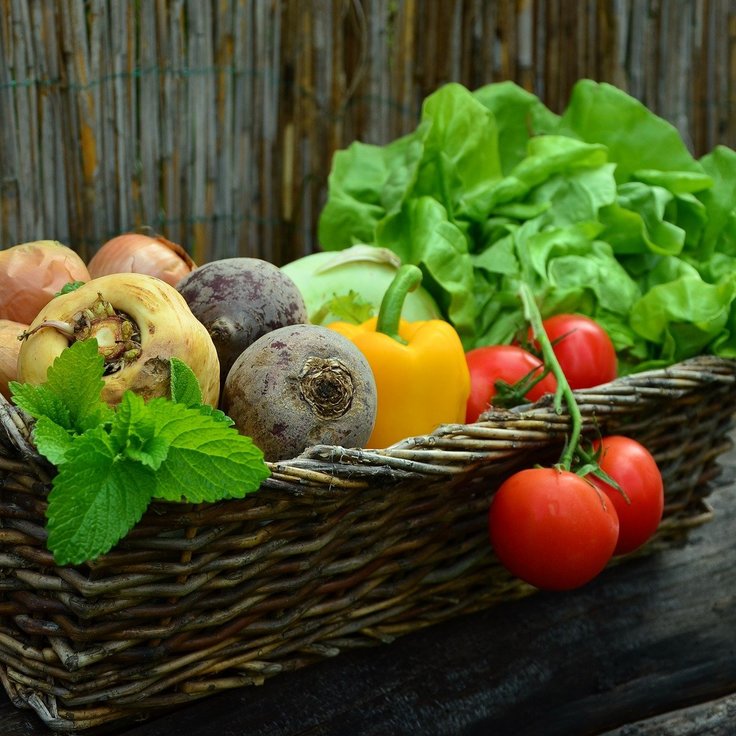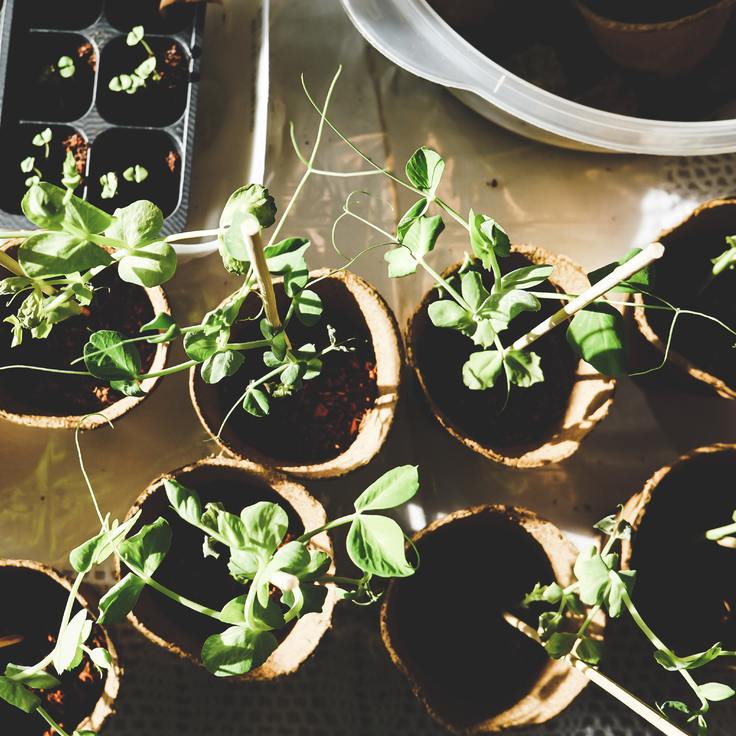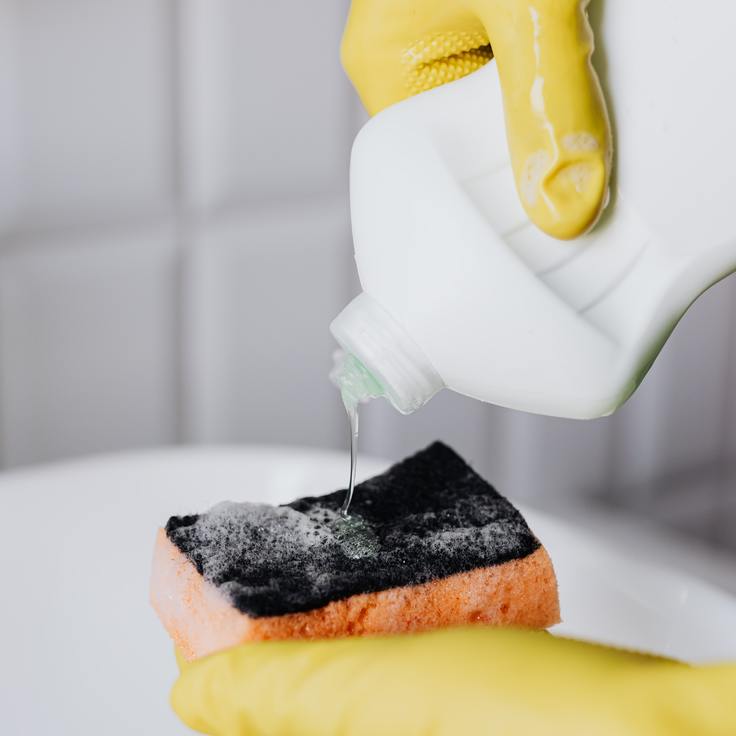Spectacular Clematis
Vining clematis is stunning when covered in colorful blue, purple, pink, yellow, or white flowers. But how do you pronounce it? KLEM-a-tismay be the botanically correct pronunciation, but most of us call it kle-MAH-tis. No matter how it's pronounced, it's a beautiful addition to any landscape. Unfortunately, growing clematis has also stymied many a gardener.
Although having a reputation for being difficult to grow, to say nothing of being confusing when it comes to pruning, clematis needn't be either of these. It does pay to do a bit of homework in order to know, understand, and provide the basic needs for whichever clematis you choose. Then consult a list of clematis specially selected for beginners by clematis growers worldwide, such as the one compiled by the International Clematis Society (https://www.clematisinternational.com/beglist.html)
Consider the Site
The mantra for growing clematis is "feet in the shade, head in the sun." A site that gets very light, filtered shade combined with a 2-inch layer of mulch yields the most consistent results. Another option is to underplant with a ground cover or perennials with shallow, noninvasive roots, such as Artemisia 'Silver Mound', hardy geraniums, creeping phlox, coral bells, candytuft, or veronica.
It's also important to have plenty of room around the plant for good air circulation to avoid diseases. The ideal soil is rich in organic matter and well draining, with a pH close to neutral (7.0). Clematis can survive for 25 to 50 years, so choosing a site and preparing it well will pay off in spades.
It's also important to plant clematis with the crown 1 to 2 inches below the soil surface, as this enables the plants to recover if anything should happen to the aboveground growth. Consider using a protective collar of hardware cloth or chicken wire to fend off rabbits, string trimmers, and so forth. Until plants are well-established, plan on fertilizing in the spring with a fertilizer with a ratio of 3-1-2 or 4-1-2. After that, the choice is up to the gardener.
Training
Among its some 250 species and over 3,000 cultivars, there are clematis that range from floppy perennials growing only a few feet tall to aggressive vines reaching 20 feet or more. As you choose and site your clematis, consider it's ultimate size. Don't expect one that maxes out at 4 or 5 feet to ramble over the garden shed. These shorter-growing ones, -- usually large-flowered hybrids -- are ideal for surrounding mailboxes and lampposts as well as for growing in containers. Clematis climb by means of the leaf stem curling around a support, so thin supports like wire or string are usually best. Often, these are combined with sturdier structures, such as wooden arbors or pergolas. English gardeners like to let clematis clamber upward through shrubs and trees.
Pruning
Trimming clematis correctly each year leads to the greatest number of flowers. Although there are exceptions, generally a clematis is divided into one of three pruning methods, based on when it blooms.
1. Group 1 or A are the early-flowering types that bloom on growth from the previous season. Prune these immediately after blooming to shape or tidy up. Examples are Clematis alpina, C. armandii and C. montana.
2. Group 2 or B are the large-flowered hybrids that bloom in early summer on the previous season's growth and again in late summer on new growth. Prune these in late winter or early spring only to shape or remove dead or weak stems. Cultivars such as "Nelly Moser', Niobe', and 'Henry' fall into this category.
3. Group 3 or C are the types that flower in late summer or fall on the current season's growth. In late winter or early spring, cut these back to 1 or 2 feet. This group includes sweet autumn clematis (C. terniflora) and some of the large flowered hybrids such as 'Comtesse de Bouchard' and the popular Jackman clematis (C. jackmanii).
Check plant tags, catalog info, online or other garden references to establish which pruning category a particular clematis cultivar falls into.
Other Tips
- Give your clematis the equivalent of 1 inch of water each week during the growing season.
- Bareroot plants from mail-order sources are best planted in spring when still dormant. Container grown plants can be planted with care throughout the growing season, but spring and early September are the most favorable times.
- If you're starting with small plants, transplant to gallon pots for the summer, then plant into the garden in early September so plants have time to become established before cold weather.
- Propagate clematis by cuttings or layering.
- The main problem with clematis is a fungal stem rot and leaf spot called clematis wilt. This is mainly a problem on large flowered hybrids. To treat, remove the diseased stem below the wilted section, even below the soil line. The vine will recover from buds lower down on the stem.
- For fragrance, consider one of the C. montana forms. By pass over sweet autumn clematis (C. ternifolia), which is now considered invasive in parts of our region.
- Clematis make great, long-lasting cut flowers. Pick blossoms when they are about half to three-quarters open for the longest vase life.
Read more from the National Gardening Association.

